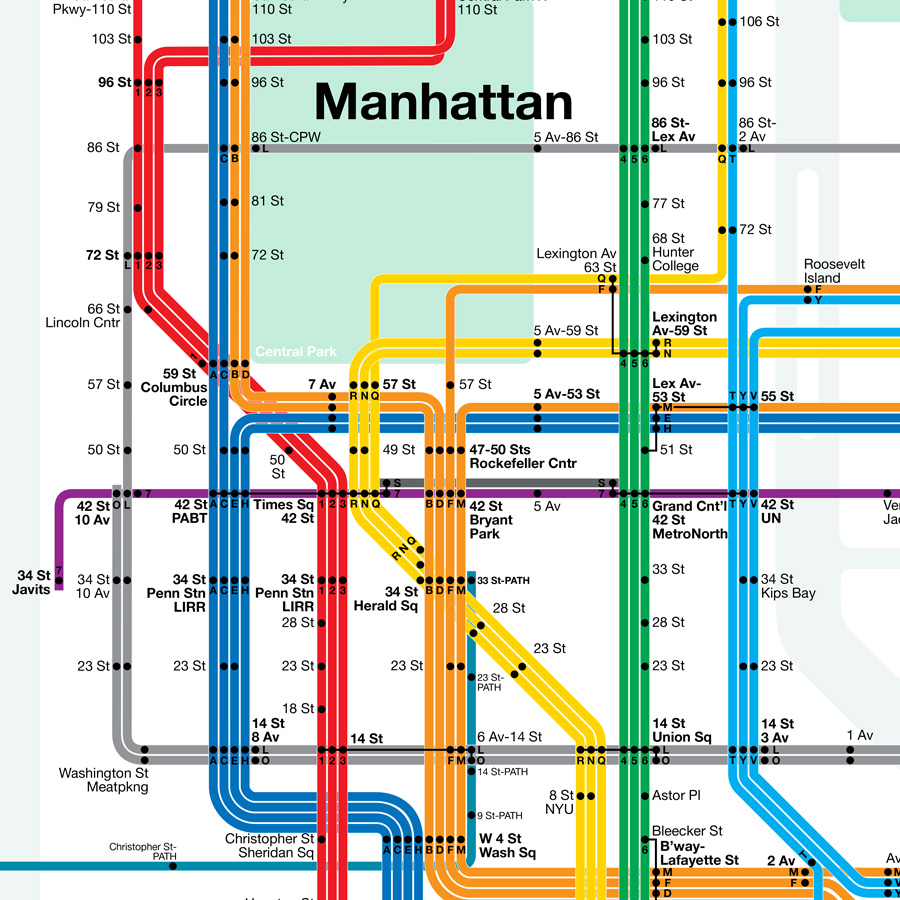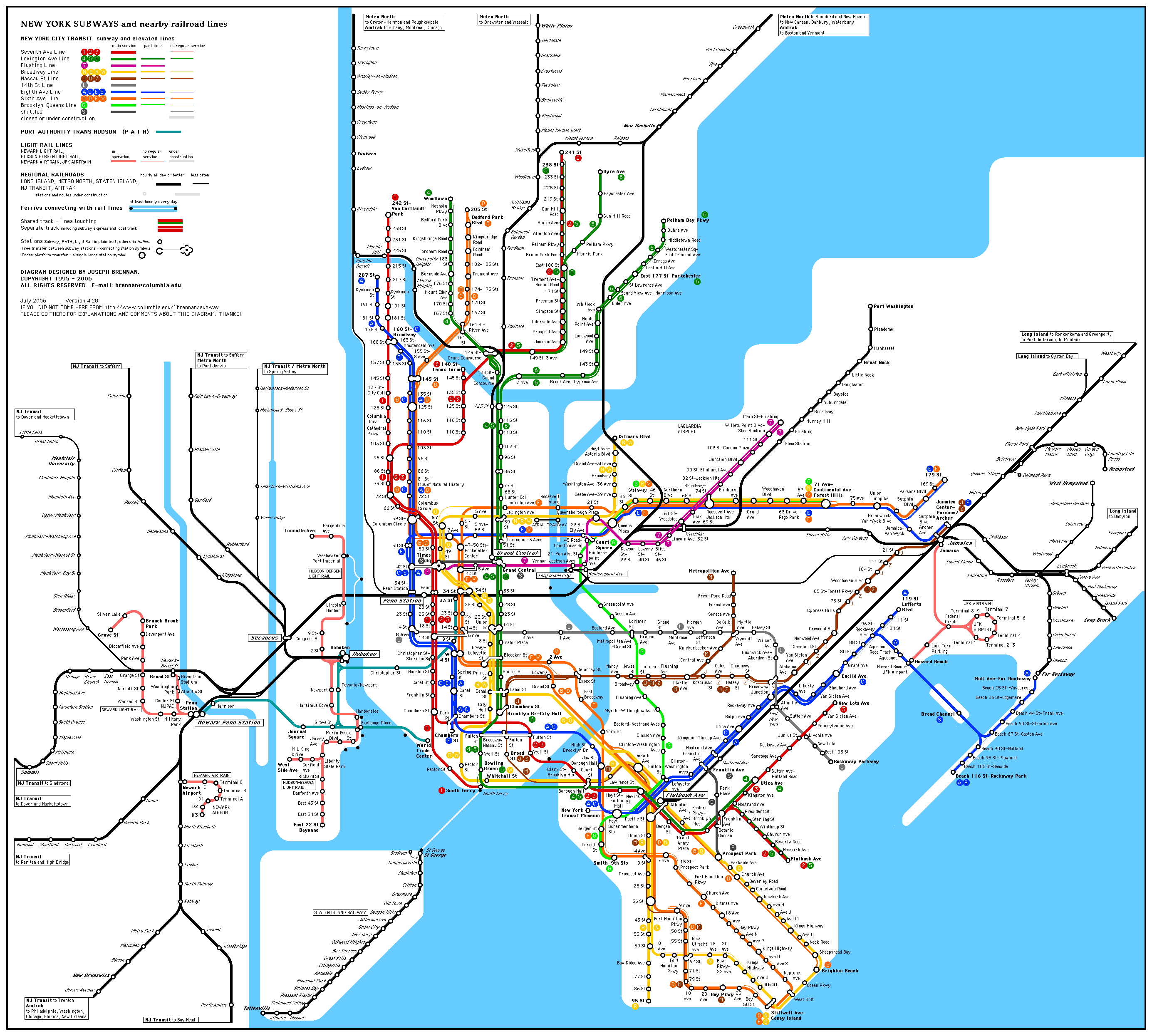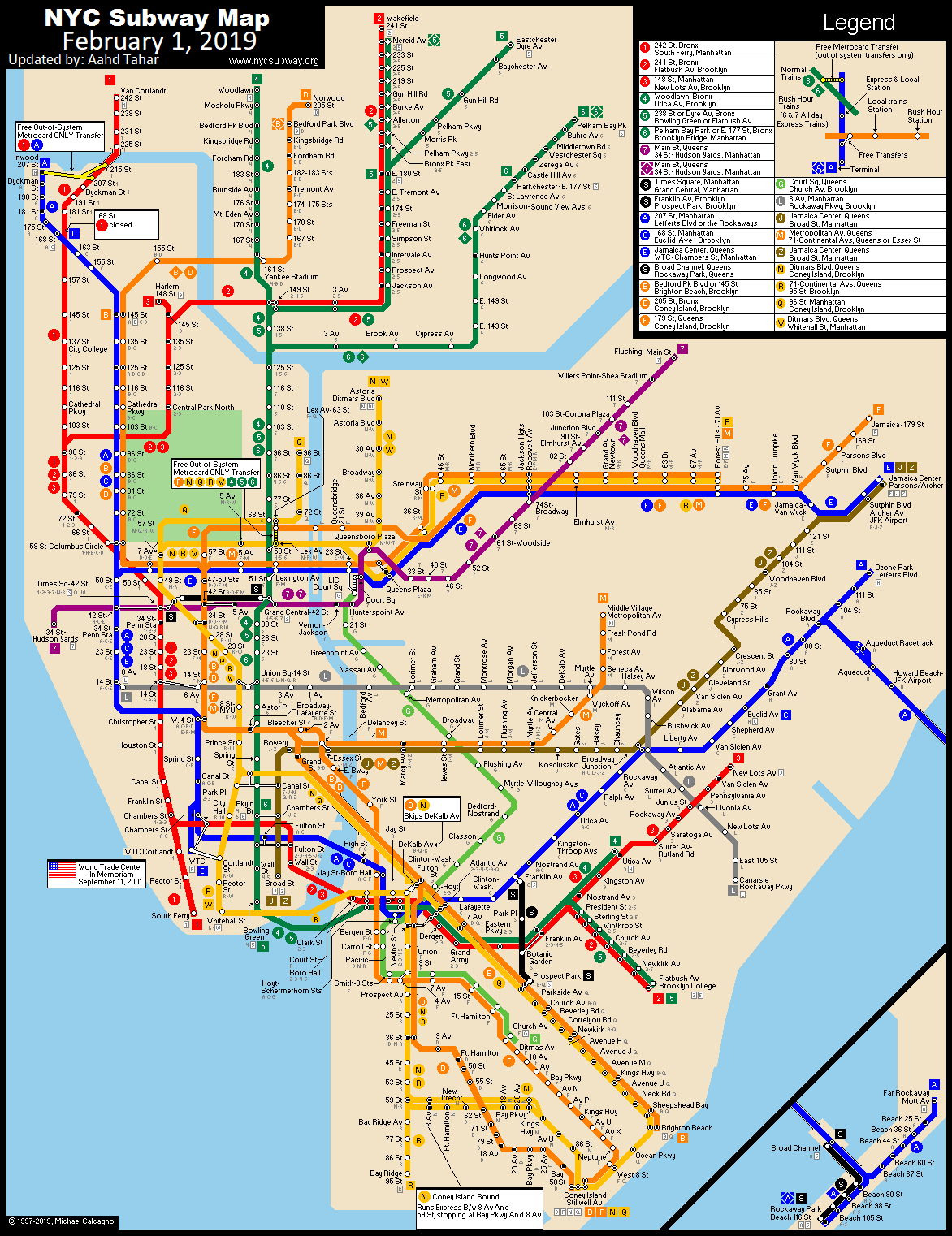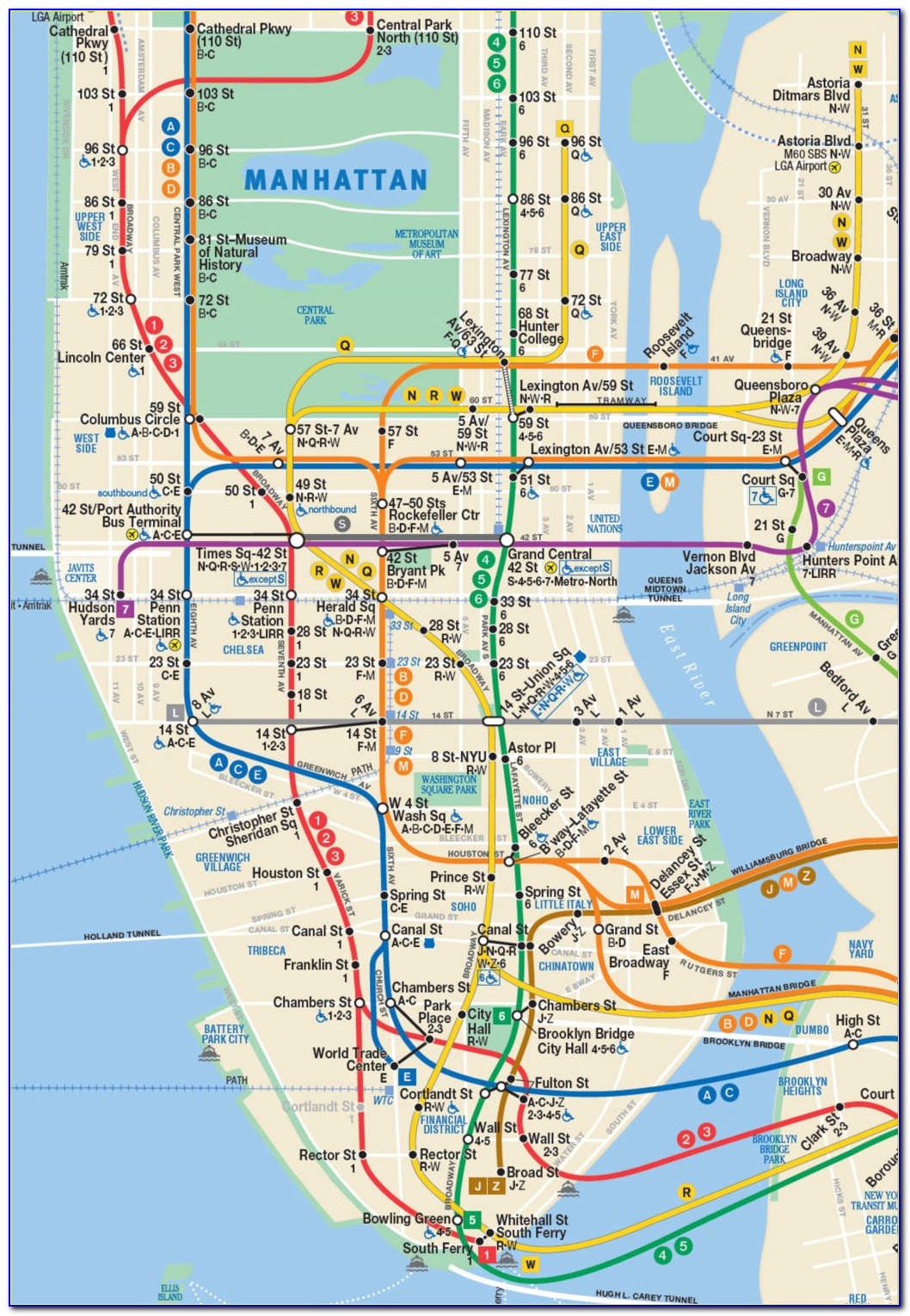

Underground rooms like basements and bank vaults had to be carefully avoided and shoring up the foundation at the Columbus Circle monument proved to be exceptionally difficult. They took special care to ensure that the foundations of tall buildings were not weakened or damaged in the process. Water, gas, electrical and sewer lines had to be rerouted. McDonald faced a variety of obstacles throughout the process. Once the earth had been removed, teams would build the tunnel with its related infrastructure and then cover it back up with dirt and pavement.



A daytime crew armed with shovels and pickaxes would then remove the debris by mule cart. He utilized a process called 'cut and cover': workers would drill and filet the streets open with dynamite blasts at night. The construction was overseen by an Irish immigrant builder named John McDonald. The contract also awarded the IRT with the right to all tracks they built and a lucrative 50-year operating lease. The Interborough Rapid Transit Company (IRT) won the construction contract with a $35 million bid (over one billion dollars in today's money). Completed in just four years, 100,000 eager passengers paid a nickel to take a ride on the train's maiden voyage that took place October 27 at 7pm. It featured 28 stations along the 9.1 mile track that ran from City Hall in downtown Manhattan all the way north to 145th Street in Harlem with a detour along 42nd Street. The first subway line was finished in 1904. One man named Marshall Mabey was torpedoed through 27 feet of the East River's muddy riverbed and water, then launched 200 yards into the air before landing back in the river unscathed 'Blowouts' were all too common of an accident - they occurred when a leak in the compressed tube caused escaping air to flood through it, soon creating a massive hole that would suck workers through it. This highly pressurized air kept the tunnel from collapsing under the weight of the riverbed silt and water. Tunnels under the river were created using compressed air in the chamber at a pressure of 13 pounds per inch. Men stand in the East River Tunnel construction in 1907.


 0 kommentar(er)
0 kommentar(er)
